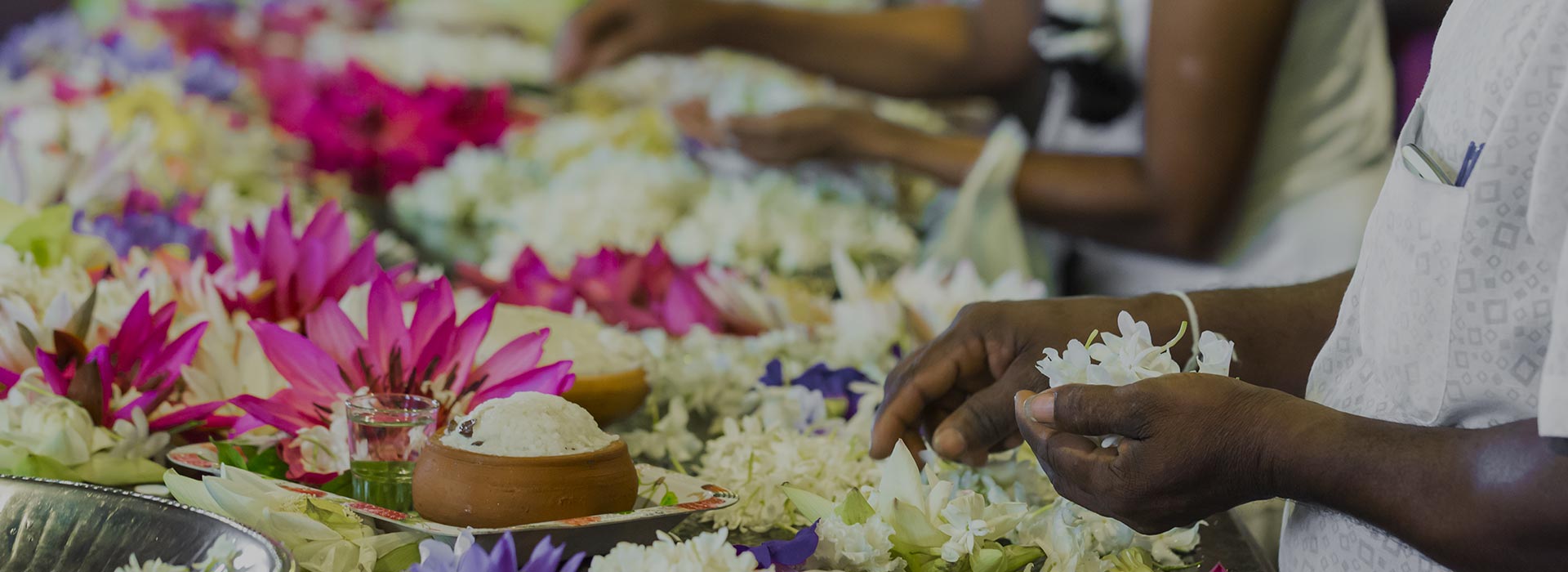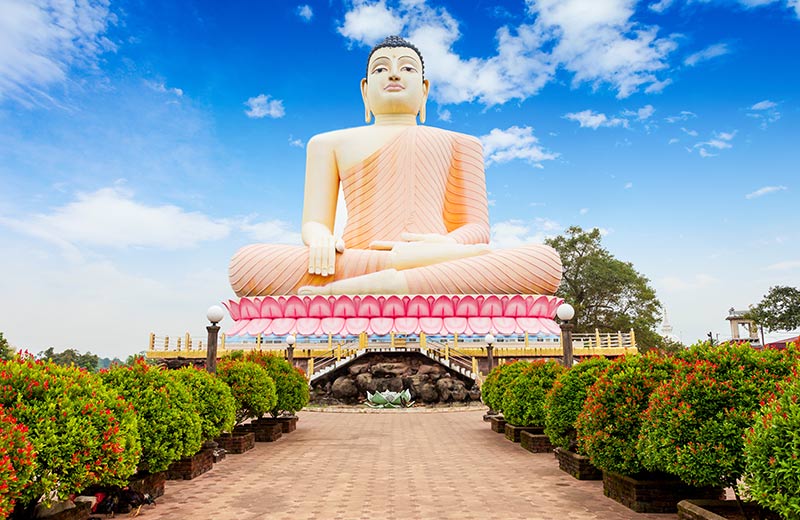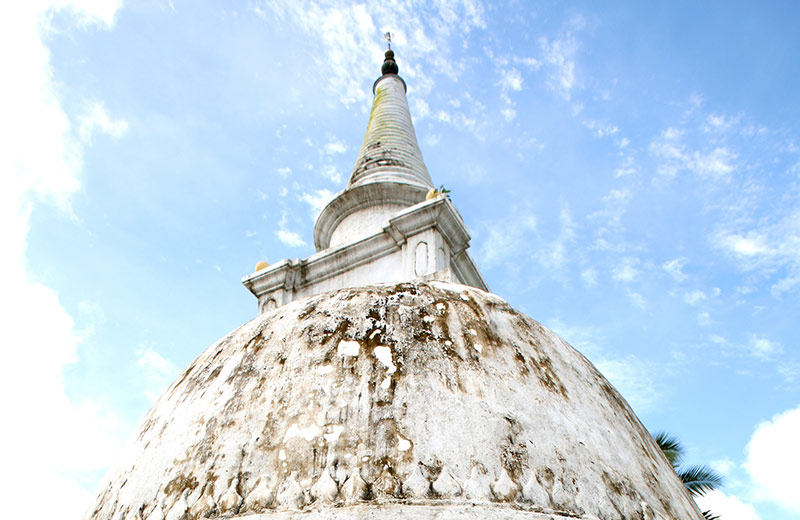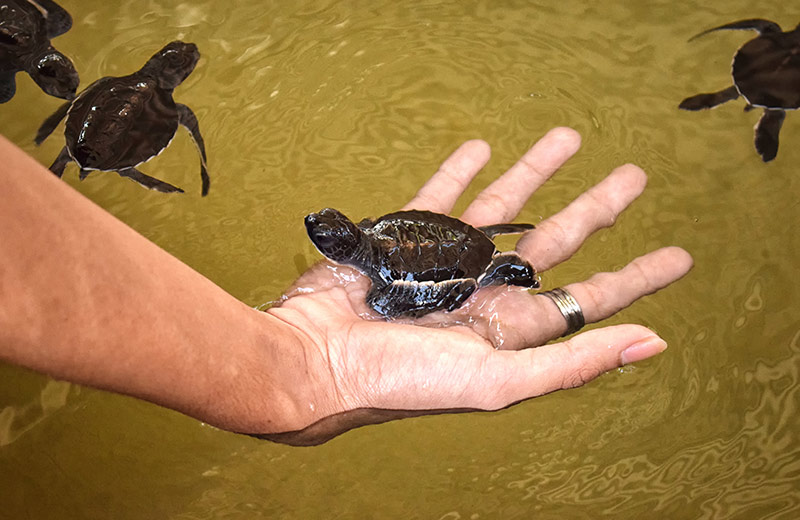Gane Purana Raja Maha Viharaya
A Historical Temple
The Gane Purana Raja Maha Viharaya is an ancient Buddhist temple located in the coastal town of Bentota, with a history reaching as far back as the Polonnaruwa period between 1056 AD and 1236 AD. Although Bentota is known primarily as a beach town, it has a long cultural history that goes back as far as the 2nd century BC, and it was a centre of Buddhist activity on the island. The Gane Purana Raja Maha Viharaya is one of five temples that are said to have been part of a larger temple complex that covered an area of over 1000 acres on the south bank of the Bentara River, and is said to have been originally built by a king in the 12th century as part of his palace.
Colonialism and Rediscovery
During the Portuguese occupation of Sri Lanka between the early 16th century and mid-17th century, the temple shared the same fate as its neighbours and was destroyed, and the valuables within it stolen away. Following its desecration, the temple stayed hidden in the depths of Bentota’s jungles for around 200 years until it was rediscovered in the mid-19th century. Of the five temples, the Gane Raja Maha Viharaya is known as the location where the main Stupa is located.
What You Can See Today
The ruins we see at the Gane Purana Raja Maha Viharaya today, including the carved stone pillars at its entrance, are allegedly part of the remnants of that palace. The pillars and the surrounding inscribed stones on the temple premises are considered protected archaeological monuments.



